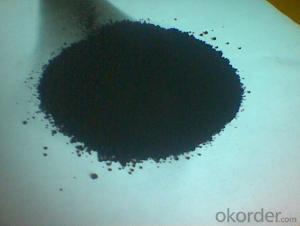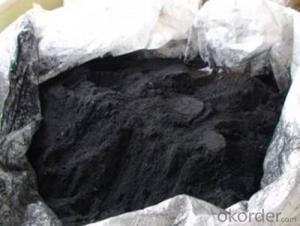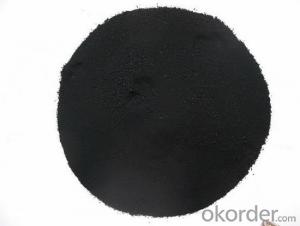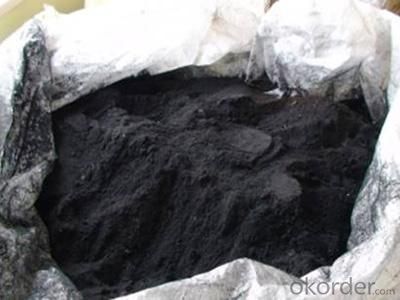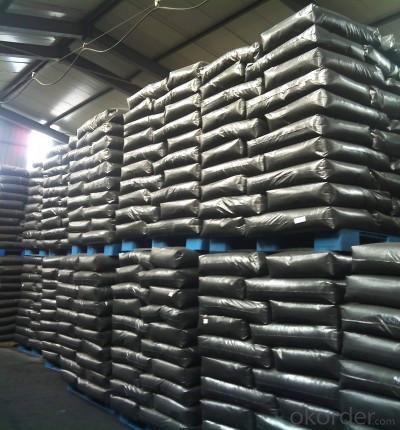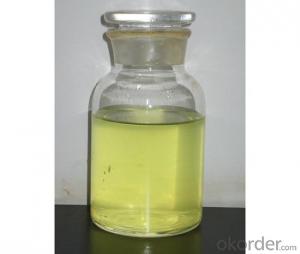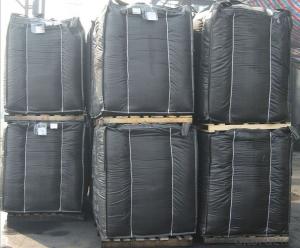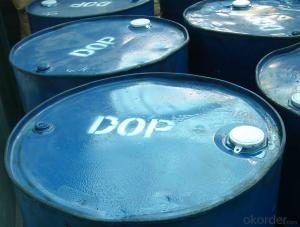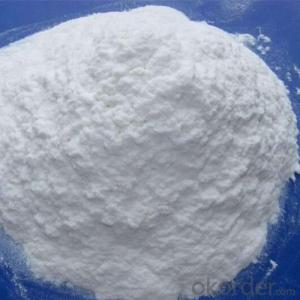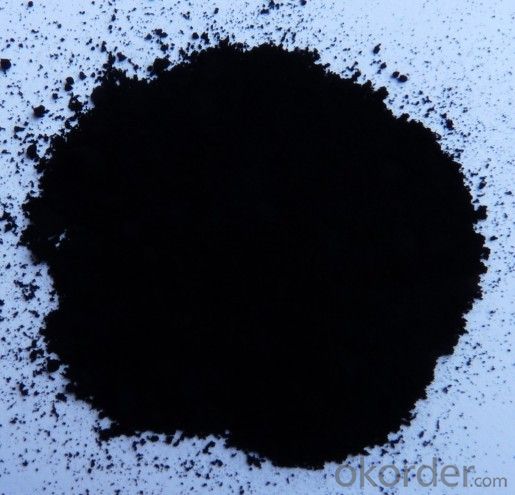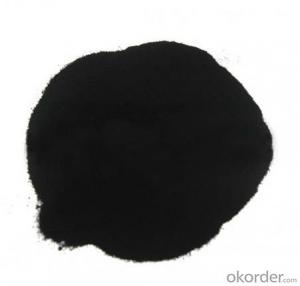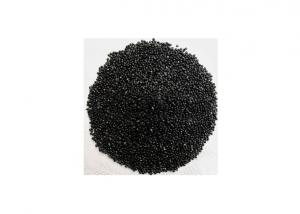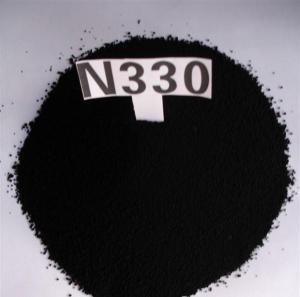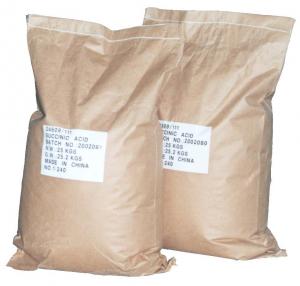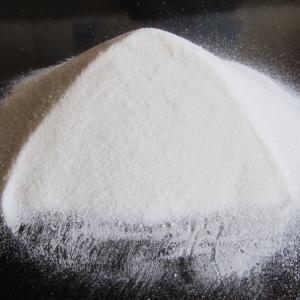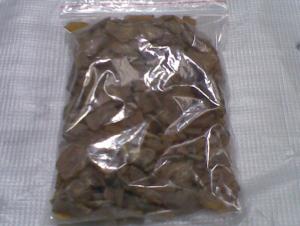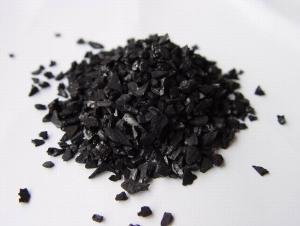Market Price For Carbon Black With Best Carbon Black Prices For Carbon Black
- Loading Port:
- Qingdao
- Payment Terms:
- TT OR LC
- Min Order Qty:
- -
- Supply Capability:
- 20000 m.t./month
OKorder Service Pledge
OKorder Financial Service
You Might Also Like
Specifications
Carbon black N330 N220 N550 N660
1:black powder or granular
2.rubber industry
3.tyres cable tape
4:high quality
Character:
1. Cas no:1333-86-4
2. Standard: GB 3778-2003
3. Form: black granule or powder
4. Process: wet or dry process
Market Price For Carbon Black With Best Carbon Black Prices For Carbon Black
1.Name:carbon black
2.Molecular Formular: C
3.Appearance: Black Powder
4.CAS NO.:1333-86-4
5.HS Code: 28030000
6.Application: tyre,coating, plastic, rubber
7.Grade:N220, N234, N326, N330, N550, N660
Certificate Of Analysis For Carbon Black
Product Model Number | N330 Wet Pelletized | Carry Out The Standard | GB/3778-2003 China |
Testing Item | Standard Value | Analysis Result | |
Iodine g/kg | 82±7 | 79.3 | |
DBP Absorption Value 10-5m3/kg | 102±7 | 102 | |
DBP Absorption of Compressed Sample 10-5m3/kg | 80~96 | 86 | |
CTAB Surface Area 103m3/kg | 73~91 | 76 | |
Nitrogen Surface Area 103m2/kg | 71~85 | 78 | |
Tint Strength %≤ | 96~112 | 96.8 | |
Heating Loss %≤ | 2.5 | 0.75 | |
Ash %≤ | 0.7 | 0.45 | |
45 µm Sieve Residue %≤ | 0.100 | 0.070 | |
500µm Sieve Residue %≤ | 0.001 | 0.000 | |
Pour Density | 380±40 | 390 | |
Fines Content | ≤10 | 5 | |
Impurtity | None | None | |
Modulus At 300% Mpa (145°C.30minter) | -0.9±1.6 | -2.0 | |
Usage: maily applied to various rubber products such as tyres, rubber overshoes, cable, seal ring, tape etc. Moreover they can be applied to such relevant industries as plastic manufacture.
Storage: Put away from water and solarization
- Q: Chemical production of iodine and magnesium with water as catalyst!
- In the 250mL three bottles were equipped with spherical condenser and constant pressure dropping funnel, in the condensate tube connected to the anhydrous calcium chloride drying tube. The flask was placed with 1.5 g of magnesium chip and a small tablet of iodine, 10 g of bromobenzene and 30 mL of anhydrous ether were mixed in a constant pressure dropping funnel. First 1/4 of the mixture into the flask, a few minutes later see the magnesium surface of the bubble generated, the solution was slightly cloudy, iodine color began to disappear. If no reaction occurs, use a hot water bath. After the start of the reaction, stir, slowly dropping the remaining bromophene ether solution, dropping the rate to keep the solution was slightly boiling state, after adding, in the water bath to continue reflow 0.5h, magnesium tablets full effect.
- Q: Hydrogen and oxygen in the role of the catalyst can do the chemical formula of aviation fuel?
- Do not be irresponsible, rocket fuel is hydrogen peroxide. H2 + O2 = H2O2 (catalyst)
- Q: Which branch of chemistry or what specialty can study the catalyst
- Physical chemistry: catalyst surface structure, catalytic mechanism and catalytic reaction process
- Q: How are the 4 characteristics of a catalyst (1. organic or inorganic 2. reusable 3. Highly specific, and 4. lowers activation energy) important in preforming life functions? please be as specific as possible, i understand that these are characteristic, i just don't understand why they're beneficial, other than the reusable and lowers activation energy one.
- Organic or Inorganic - the catalyst (enzyme) must be organic to be found in the cell. Catalysts speed up chemical reactions inside a cell and must therefore be organic to be a functioning part of the cell. Reusable - There are so many reactions that catalysts are involved in that it would be a waste for the cell if a catalyst could only last one reaction, especially if there are inhibitors and competition for the active site. Catalysts must be reusable in order to keep the cell functioning. Catalysts always remain unchanged after a reaction. HIihly Specific - Catalysts are only made to catalyze one specific chemical reaction. Their active site has proteins bonded in such a way that only certain elements can enter the active site and H bond with those proteins. The fact that they are highly specific maximizes the productiveness of the cell. And it ensures that the cell only has catalysts to reactions that it needs to be completed. It also ensures that the elements are correctly bonded with eachother. If any two elements could enter the active site, there is no guarantee that the correct product will be produced. Catalysts and Enzymes must be super highly specific in order to properly function. Lowers Activation Energy - The more energy a cell has to spend to catalye a reaction, the worse it is for the cell and the less ATP is has for other reactions. Catalyts hold the substrates together so there is less energy that is needed to have the two substrates react with eachother. Activation Energy is the energy that is needed to start a reaction. So the less energy used by the cell for reactions, the better for the cell. Hope this helps
- Q: The role and significance of chemical catalysts
- In the pre-chemical reaction, to speed up the reaction rate, and in the chemical reaction before and after the material quality and chemical properties are not changed.
- Q: The size of △ H in the thermochemical reaction equation is related to the use and unused catalyst
- There is no relationship between the catalyst can only change the reaction rate
- Q: Why are catalysts so effective in small amounts?
- By definition, catalysts serve to accelerate certain chemical reactions, by lowering the activation energy required for them to proceed. They are not consumed by the reaction, which is why they are effective in small amounts.
- Q: In the chemical reaction will have to use the catalyst reaction, such as H2O2 === (MnO2) H2O + O2 ↑, then the catalyst in the end to participate in the reaction (that is, the catalyst itself is the reactant) If so, why are some of these substances in the reaction (these substances refer to the catalyst) in the reaction after the quality and nature of the change does not change?
- The composition, chemical properties and quality of the catalyst itself do not change before and after the reaction; its relationship with the reaction system is as highly selective (or specific) as the relationship between the lock and the key. A catalyst does not catalyze all chemical reactions. For example, manganese dioxide catalyzes the thermal decomposition of potassium chlorate, accelerates the reaction rate, but does not necessarily have a catalytic effect on other chemical reactions. Some chemical reactions are not only the only catalyst, such as potassium chlorate can be thermally decomposed to catalyze the presence of magnesium oxide, iron oxide and copper oxide and so on.
- Q: i keep messing up on those 2 simple things haha i would apprecaite some help.
- enzymes help biochemical reactions proceed at a faster rate than normal in a physiological system, catalysts or sometimes referred to as subunits, metals and other ligands, bind enzymes, and can have a positive and negative effect on the rate of a reaction. search them on wikipedia!
- Q: If possible can anyone give me information on the active site, substrates, products, and the energy of activation as part of the answer?Responses greatly appreciated! Thankss! 10pts to best answer!
- Catalysts help shift the equilibrium of a reaction to one that is more favorable. They allow a naturally occurring reaction that may be extremely slow to progress faster or an unfavorable reaction to proceed forward. During the process catalysts are recycled, which means that at the catalyst is the same compound in the beginning and the end of the reaction, although during intermediate steps catalysts can change conformation. Catalysts shift the equilibrium of a reaction by lowering the activation energy of a reaction, which is the energy barrier which must be overcome in order for the reaction to proceed in a desired direction. This can be achieved in several ways such as providing favorable thermodynamic conditions for a reaction or creating intermediates which react more favorably to create the products. Inside the cell a lot of chemical reactions are either too slow to proceed naturally or are simply unfavorable. Catalysts help overcome those barriers. The substrate is the part of the reaction which gets transformed into the products after binding to the active site of the protein.
Send your message to us
Market Price For Carbon Black With Best Carbon Black Prices For Carbon Black
- Loading Port:
- Qingdao
- Payment Terms:
- TT OR LC
- Min Order Qty:
- -
- Supply Capability:
- 20000 m.t./month
OKorder Service Pledge
OKorder Financial Service
Similar products
Hot products
Hot Searches
Related keywords
